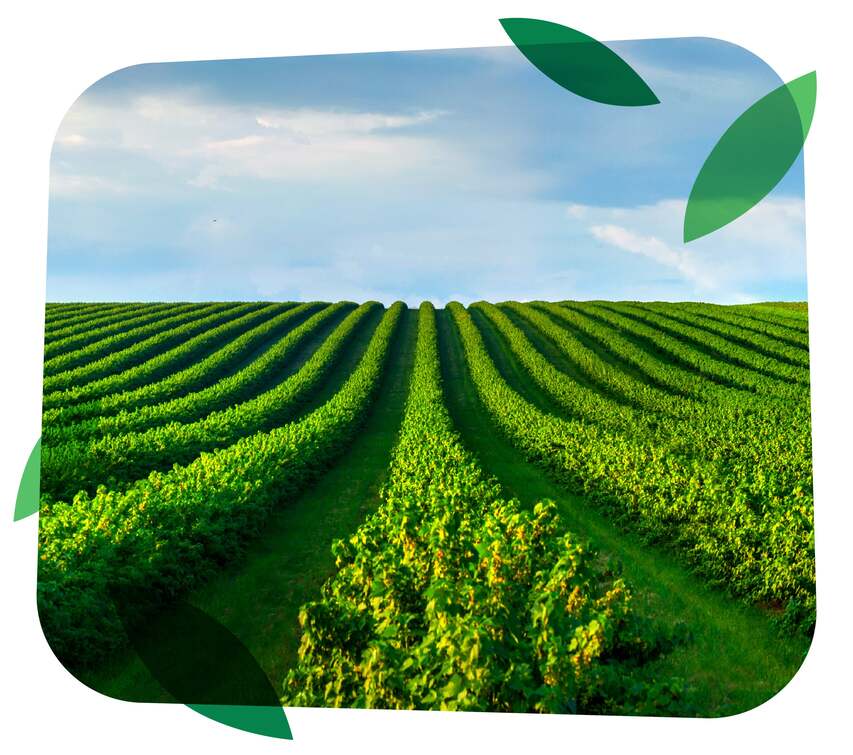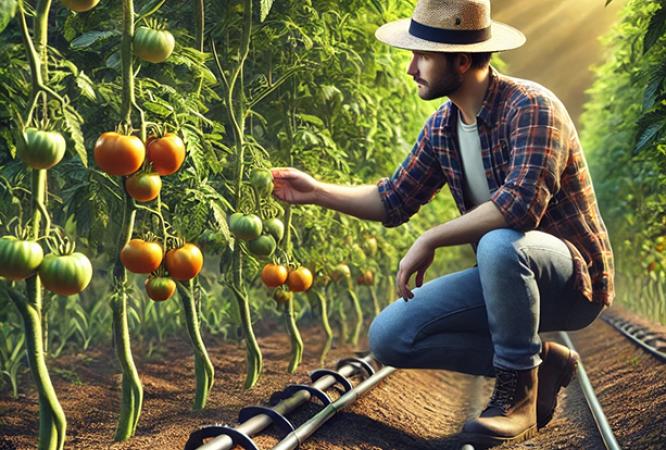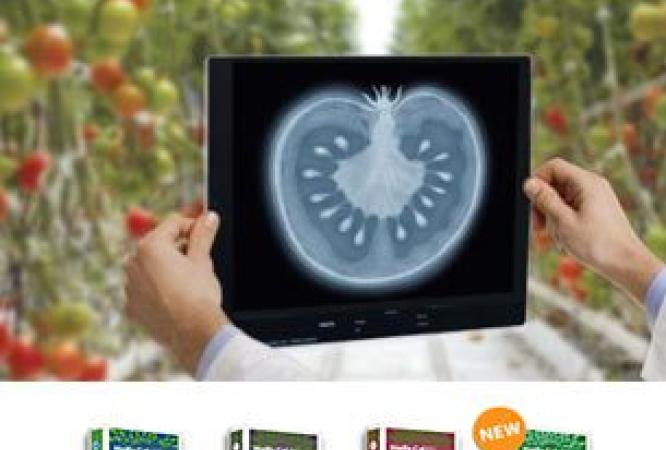Index:
1. Pepper crop guide: Growing methods
Open-field, greenhouse or tunnels.
2. Pepper crop guide: Soil type
Better results will be obtained by growing in light soil such as sandy loam or loams, well drained, rich in organic matter.
The preferable pH of the soil should be between 6.5 and 7.5.

3. Pepper crop guide: Specific sensitivities
Sensitivity to soil-borne diseases
Peppers are prone to soil-borne diseases caused by fungi, viruses or bacteria. Therefore it is recommended to avoid growing peppers on plots that used for other sensitive crops (tomatoes, eggplants, Irish potatoes, sweet potatoes, cotton, soybeans and others) on recent years. A regime of 3-year rotation between small grains and pepper is recommended.
Sensitivity to salinity
Under saline conditions, sodium cations compete with the potassium cations for the uptake sites in the roots, and chloride competes for the uptake of nitrate-nitrogen and will reduce yield. This will result in a potassium deficiency in the pepper plants, leading to a low fruit number per plant. Corrective measures under such conditions must include the following steps:
-
Abundant application of potassium, as this specific cation can successfully compete with the sodium, and considerably reduce its uptake and negative effects.
-
Abundant application of nitrate, as this specific anion can successfully compete with chloride, and markedly reduce its uptake and adverse effects.
-
Also, calcium may help to suppress the uptake of sodium. When sufficient calcium is available, the roots prefer uptake of potassium to sodium, and sodium uptake will be suppressed.
Zinc nutrition in plants seems to play a major role in the resistance to salt in pepper and other crops. Adequate zinc (Zn) nutritional status improves salt stress tolerance, possibly, by affecting the structural integrity and controlling the permeability of root cell membranes. Adequate Zn nutrition reduces excessive uptake of sodium (Na+) by roots in saline conditions.
The methods of implementing these measures are discussed in chapter 2.
Sensitivity to calcium deficiency
Peppers are highly sensitive to calcium deficiency, which is manifested in the Blossom-end rot (BER) symptom on the fruits. Salinity conditions severely enhance BER intensity. But manganese (Mn) was recently found to serve as antioxidant in pepper fruit hence the addition of manganese to peppers grown under salinity may alleviate BER symptoms in the fruits. Special care must be taken to avoid growing conditions, which enhance BER phenomenon. Please read more about it in chapter 2.
4. Pepper crop guide: Desirable temperatures
|
Growth stage
|
Temperature (0C)
|
||
|---|---|---|---|
|
Minimum
|
Maximum
|
Optimal
|
|
|
Germination
|
13
|
40
|
20-25
|
|
Vegetative growth
|
15
|
32
|
20-25 (day)
16-18 (night) |
|
Flowering and fruiting
|
18
|
35
|
26-28 (day)
18-20 (night) |
5. Pepper crop guide: Irrigation
Greenhouse grown peppers enjoy a longer growing season. They consume, therefore, a larger amount of water than open-field grown peppers during their respective growing season.
Water stress affects pepper growth by reducing the number of leaves and the leaf area, resulting in less transpiration and photosynthesis. Root density is reduced by ~20 % under water stress conditions, compared to sufficiently irrigated plants.
Excessive irrigation will cause water-logging, root death due to anaerobic soil conditions, delayed flowering and fruit disorders.
The root system consists of a deep taproot with laterally spread branches about 50 cm long, and adventitious roots. Therefore a drip system equipped with a Nutrigation™ (fertigation) device is advisable.

6. Pepper crop guide: Crop uses
Pepper is used as a fresh vegetable, pickled vegetable, fresh chili spice and dried paprika powder.
7. Pepper crop guide: Growth stages
Growth stages of plants consist of four general periods, having unique nutritional needs of the plant, consequently requiring different fertilization regimes:
-
Vegetative growth from planting or seeding to first flowering.
-
From flowering to fruit set.
-
Fruit ripening to first harvest.
-
From first to last harvest.
The duration of each stage may vary according to growing method, variety characteristics and climatic conditions.

Table 2: An example of various growth stages durations:
Location: Central Israel.
Variety: Maor.
Growing method: Greenhouse.
Number of days to flowering: 35-40.
Number of days to 1st harvest: 70.
|
Growth stage
|
Stage duration (days)
|
Plant age (days)
|
|---|---|---|
|
Planting
|
1
|
1
|
|
Vegetative
|
24
|
25
|
|
Flowering
|
10
|
35
|
|
Fruit set
|
10
|
45
|
|
1st Harvest
|
25
|
70
|
|
Harvest to Last Harvest
|
170
|
240
|
Need more information about growing peppers? You can always return to the pepper fertilizer & pepper crop guide table of contents






